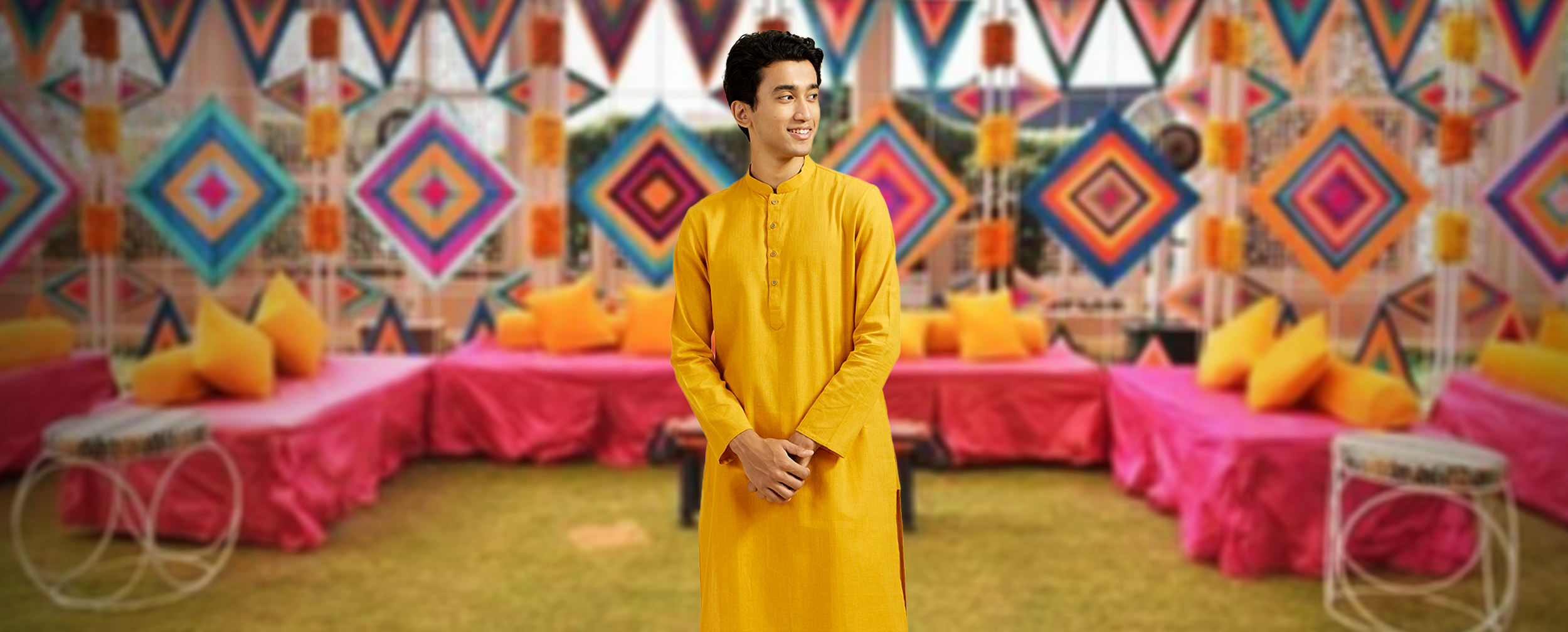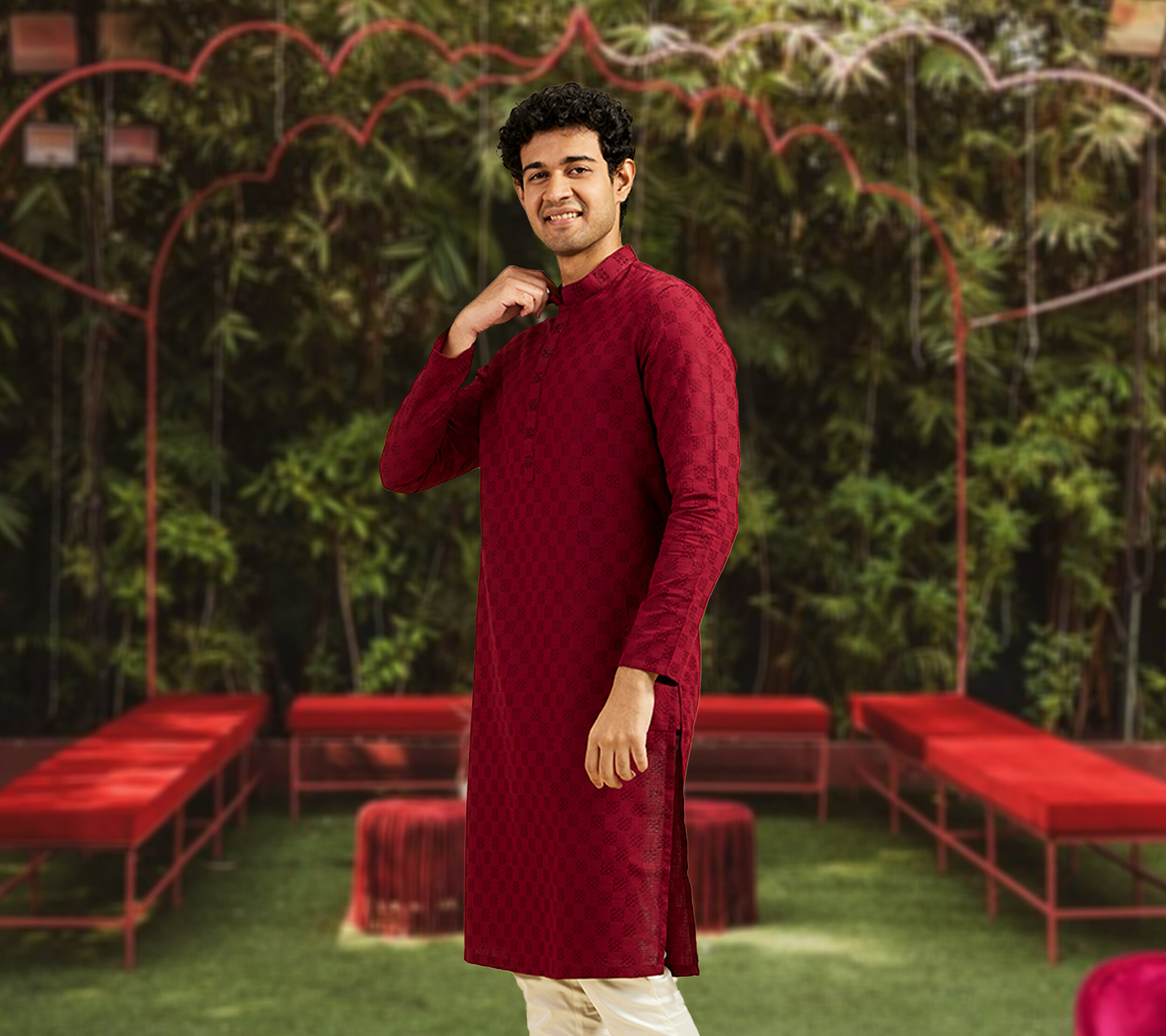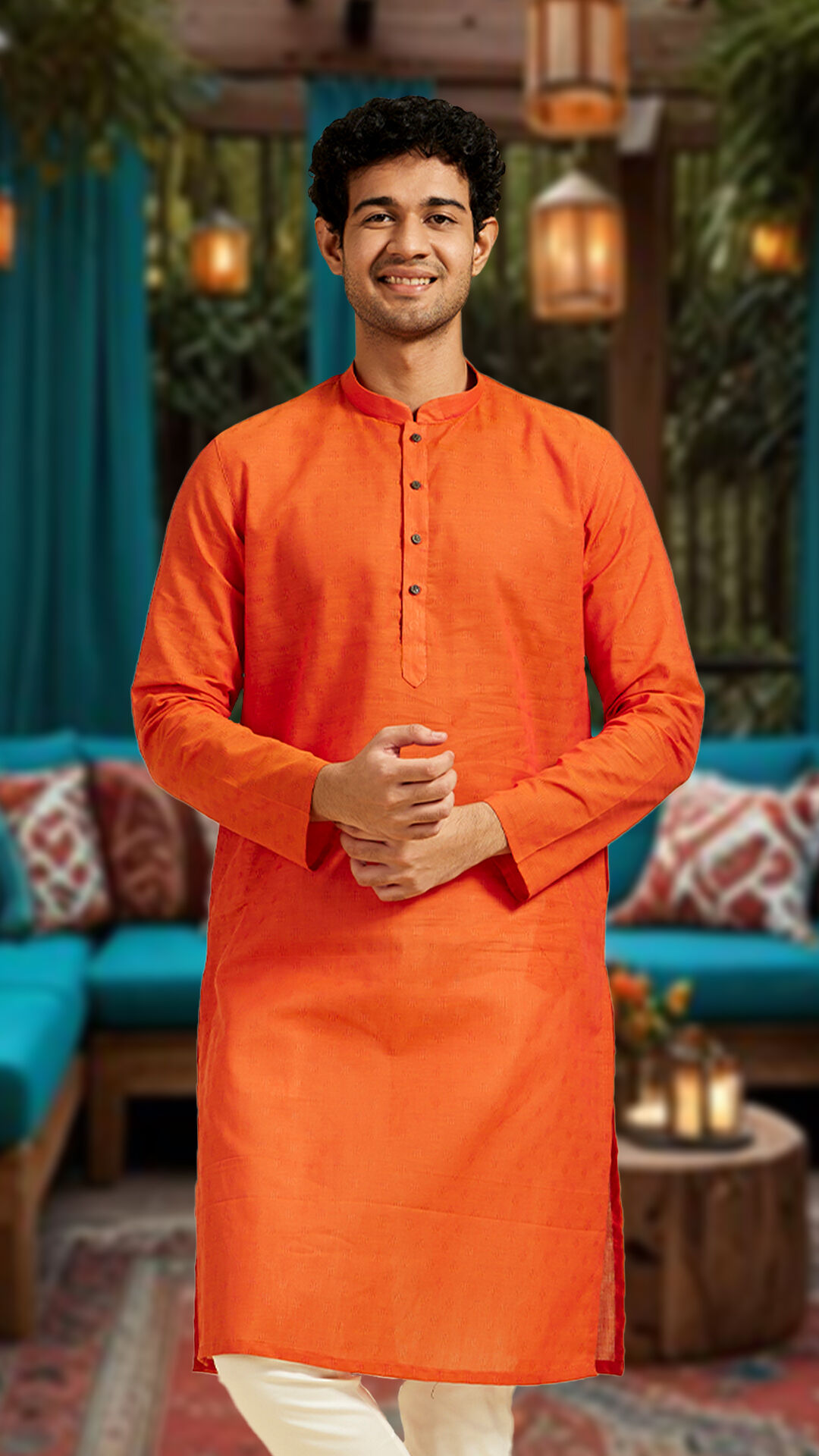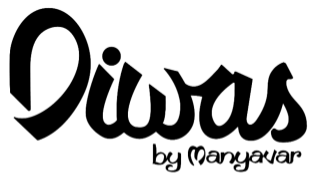STORIES BY DIWAS

Lifestyle
Lohri's Festive Palette: Understanding Red, Yellow & Orange Symbolism
Date 10 January 2025 Reading time: 7-10 mins
Amidst the chill of peak winter, there's one festival that never fails to warm our hearts—Lohri! This joyous harvest celebration lights up January with its iconic bonfire, festive treats, and a riot of colours led by the holy trinity of red, yellow, and orange. But why do these hues dominate Lohri festivities year after year? As you gear up for Lohri, join us on a journey to decode the deep symbolism woven into the vibrant palette of Lohri colours. From age-old traditions to contemporary celebrations, we'll explore what makes these colours so integral to the spirit of Lohri. Ready to add some colour to your Lohri festival celebration? Let's dive in!
Understanding Lohri: A Brief Overview
Lohri, celebrated primarily in the Indian subcontinent's northern belt, marks the end of peak winter and the beginning of the sun's journey to the northern hemisphere. It's a folk festival with roots in Punjab's farming communities, who gather around a sacred bonfire to express gratitude for a bountiful winter harvest and pray for prosperity in the coming spring.
Over time, Lohri has evolved into a pan-North Indian cultural marker, enthusiastically observed by Sikhs, Hindus, and other communities alike. Families and friends huddle together on the longest night of the year, making offerings of sesame seeds, jaggery, popcorn, and rewari to the holy fire. Men break into bhangra to the beat of the dhol, while women perform gidda, singing folklore passed down generations. Food is another highlight, with sarson da saag and makki di roti taking centre stage alongside gajjak and til ke laddoo.
But amidst these myriad Lohri elements, it's the Lohri colours that truly bring this festival alive, with red, yellow, and orange dominating celebrations in homes, offices, and public spaces. Let's unpack the importance and symbolism of the Lohri colours that paint this beloved festival in its quintessential hues.
The Importance of Colours in Lohri Festival Celebration
In Indian culture, every colour carries deep-rooted meaning that goes beyond mere visual appeal to convey powerful emotions and ideas. From the clothes we wear to the flowers we use for decor, from the delicacies we prepare to the flames of the holy bonfire—this vibrant trio permeates all aspects of our Lohri celebrations.
So why do these Lohri colours hold such importance? For one, they align perfectly with the central themes of Lohri—the harvest, fertility, warmth, and life. The bold brightness of these hues mirrors the joy and verve of this convivial festival, uplifting spirits and adding a festive glow to the peak winter gloom.
But the significance of these Lohri colours runs even deeper, tying into centuries-old customs while offering plenty of room for contemporary interpretations. Let's zoom into the symbolism of each shade and explore how you can meaningfully incorporate them into your own Lohri celebrations.
The Symbolism of Red in Lohri
Red is hands-down the most prominent colour during Lohri, and for good reason. Culturally, red symbolises fertility, prosperity, and new beginnings—all ideas that resonate deeply with Lohri's harvest roots.
In Punjab, the colour red is said to represent the spark of life itself. Tying a red cloth or string around the bonfire is believed to purify it and strengthen its life-giving qualities. Red is also a popular choice for Lohri clothing, with diyas (earthen lamps), flowers, and hangings in this hue liberally used to decorate homes and public spaces.
This Lohri colour's cultural significance carries over into the culinary department too. Many Lohri delicacies feature warming, red-hued ingredients believed to boost fertility. Sesame seeds, jaggery, rose petals, and winter produce like carrots and radish are all generously added to the festive fare.
For your Lohri look, consider a classic red kurta paired with white or cream churidar. Accessorise with a bright red stole or Nehru jacket to really make the festive colour pop. You can shop for red kurtas in a variety of styles at Diwas, India's go-to destination for stylish wear.
The Symbolism of Orange in Lohri
Rounding out Lohri's festive colour palette is orange, a combination of red and yellow that beautifully encapsulates the essence of this beloved festival. Orange symbolises the transformative power of the sacred fire and the sun, both key motifs in Lohri celebrations.
Much like red, orange is culturally associated with fertility, joy, success, and prosperity. It's a stimulating, appetising colour that adds warmth and verve to any setting. In the context of Lohri, orange represents the ripening of winter crops and the promise of abundance in the coming spring.
During Lohri festival celebrations, orange is used generously in marigold garlands, strings of orange flags, and the flames of oil lamps and bonfires that illuminate homes, streets, and community spaces. Many Lohri delicacies also spotlight orange ingredients like pumpkin, carrot, and turmeric.
An orange kurta makes for a zesty Lohri ensemble, radiating joy and youthful energy. Play with different tones of this versatile colour, from burnt sienna and rust to coral and tangerine.
The Symbolism of Yellow in Lohri
Another colour that features prominently in Lohri celebrations is yellow, often taking the form of marigold garlands, turmeric-infused dishes, and bright clothing and decor elements.
Yellow is culturally associated with knowledge, peace, happiness, and piety. It's a soothing yet lively colour that uplifts the spirit and creates a sense of harmony. In the context of Lohri, yellow symbolises the life-giving warmth and energy of the sun.
It's tradition to offer yellow mustard flowers to the bonfire during Lohri pujas, as mustard is among the primary winter crops harvested during this time. The mellow golden glow of pure ghee poured into the fire also lends a special sanctity to the ritual.
When it comes to Lohri dressing, yellow kurtas, dupattas, turbans, and sarees help brighten up the festive look, balancing out deeper reds and oranges. Pastel Lohri colours like daffodil or maize add a fresh, understated elegance, while bolder hues like marigold or honey mustard make a peppy style statement.Take your pick from Diwas' carefully curated yellow kurtas to build a dapper Lohri ensemble. Don't forget to complete the look with oxidised silver juttis or mojris that will add a traditional flourish.
How to Incorporate Lohri Colours in Your Celebration
Now that you're up to speed on the cultural significance of Lohri colours—red, yellow, and orange hues—let's explore some fun yet meaningful ways to weave them into your own festivities:
- Build your Lohri ensemble around these iconic colours, mixing and matching kurtas, dhotis, sarees, and dupattas. For men, a red kurta with white dhoti or an orange kurta with yellow Patiala salwar makes a classic combination. Ladies can opt for a yellow saree with red blouse and orange border, or go for an orange and red Patiala suit with yellow dupatta.
- Use Lohri's signature colours generously yet thoughtfully in your home decor. Marigold garlands, strings of tiny orange and yellow flags, and red floor rangolis instantly perk up any space. Toss red and orange throw pillows and table runners into the mix for added cosiness.
- Get creative with your Lohri menu by featuring fresh, seasonal produce and ingredients in shades of red, orange, and yellow. Pumpkin sabzi, carrot halwa, mustard greens, and makki di roti are all delicious ways to stay true to the festival's harvest roots and colour palette.
- Don't forget the little details that make Lohri extra special. Paint small clay diyas in red, yellow, and orange to create a warm, inviting glow. Make simple floral centrepieces with bold marigolds and bright red roses. Serve sarson ka saag in mini red earthen bowls, with orange and yellow toothpick flags as a cute garnish.
Adding Festive Touches to Lohri
As we've discovered, the Lohri colours red, yellow, and orange are so much more than just a visually appealing combination—they are steeped in cultural symbolism, radiating the very essence of this convivial harvest festival. By mindfully incorporating these hues into your clothing, decor, food, and rituals, you'll be participating in a centuries-old tradition that still holds immense relevance today.
So go ahead and paint your Lohri in the vibrant shades of warmth, joy, and abundance. As you shop for your festive wardrobe, do check out Diwas, India's beloved contemporary traditional wear brand. With its curated collection of stylish yet rooted festive kurtas, Diwas makes it easy to embrace Lohri's iconic colours in a way that feels fresh, personal, and undeniably fun.



